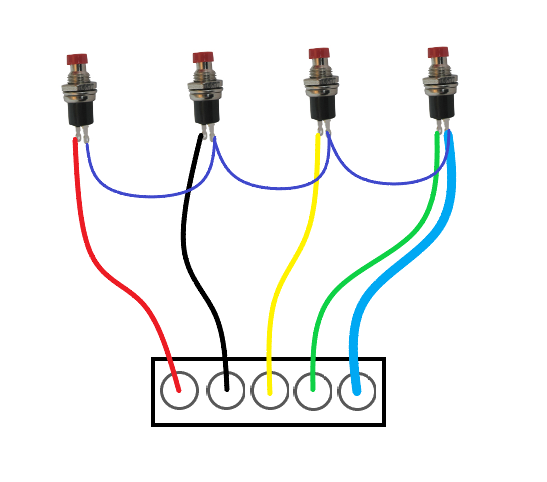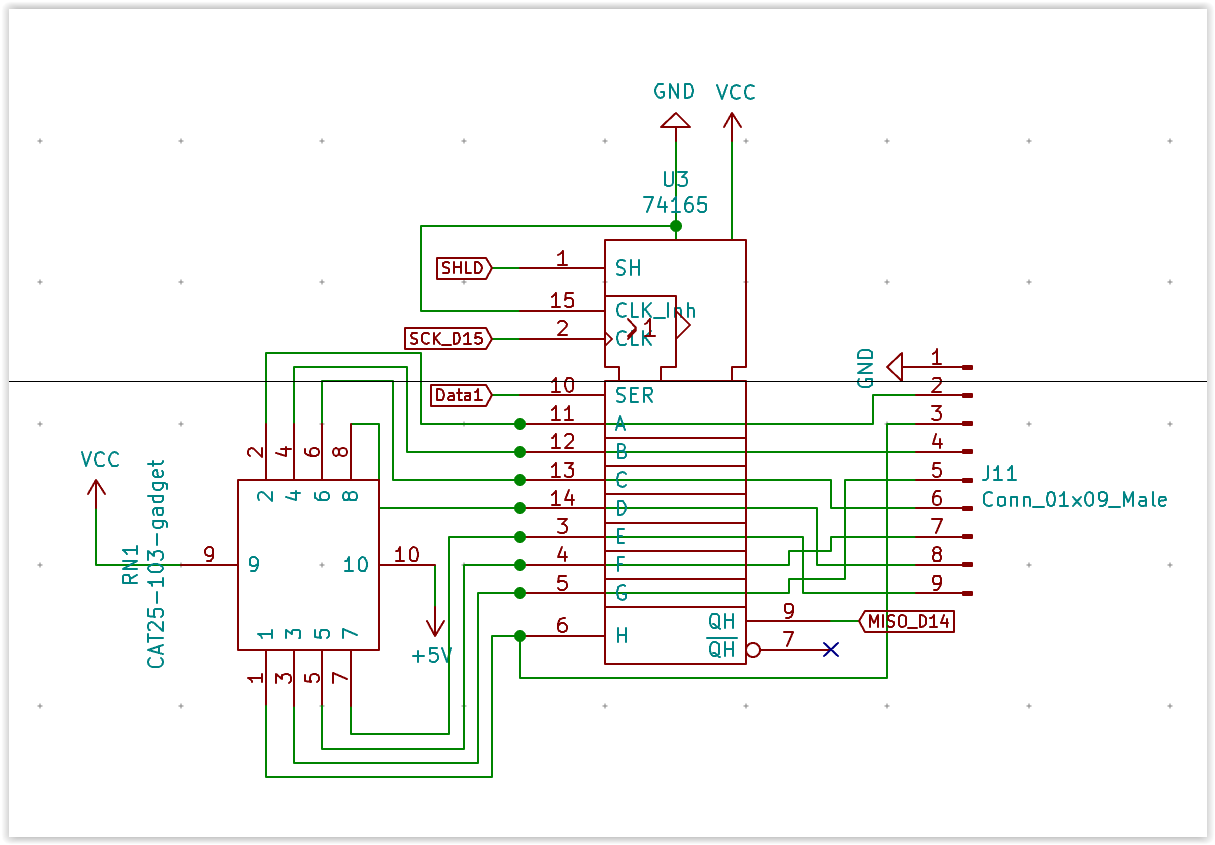G’day guys
I’ve been tinkering on a few things (with some 161 SQN colleagues) and looking at getting some custom PCBs cut (for an A-10C CDU project) to do a proof of concept and test out the capabilities and QA of the PCB manufacturer though we needed to do a test run of some thing smaller/trivial to validate it.
We started out with an arduino-micro/pro-micro/teensy style board in size but wanted to maximise the pins utilised so went for the longer (teensy++ esque) style.
These boards are all spec’d for the ATMega32u4 chip which we normally flash with MMjoy,
but then I started adding shift registers to the design, because most times we’re using one of these - we’re building a switch panel… so it made sense to make a board with everything you’d need on it.
Originally it looked like the unholy birth child of a arduino and a shift register dev board…
but then ‘virt’ decided to remove the pin headers and simplify it so that newbies would potentially be less confused and be more inclined to tackle it.
Granted we removed a lot of the flexibility by removing the pin headers… but if they are clever enough to be doing that, then they dont need the MMJoy board (built for beginners).
For the beginners though adding small JST connectors for each axis, & labelling the axis ports with the pin label as seen in the MMjoy interface, (not the pin IDs that arduino use), which will make configuration in the MMJoy interface that much easier.
Boards will also be shipped with (8x) 1x3 & (6x) 1x9 JST connectors with ~20cm < 30cm wiring looms.
& ironically the above picture has neither the 1x3 or 1x9 pin connectors… (humor me, please)
All you have to do is solder the ends to your switches & plug it in.
you will need to join the ground pins on each cluster of 8 switches together for the shift registers to work. (picture here is obviously only 4… just add 4 more and keep joining the GND)

I’ve been trying to contact Mega_Mozg on ED & Virpil forums, to get permission to put MMjoy on these boards prior to shipping, which would simplify end-user usage even more, (haven’t heard back yet, but touch wood - also if anyone knows Mega_Mozg personally please let him know about these boards).
Whilst we are looking to sell these boards, mostly just enough to cover the costs of production, we are under no illusion that this will be a commercial gold mine for us, so it will be to a small niche of users, mostly flight-sim folk like us, perhaps car-sim enthusiasts as well,( some are even trans-genre ![]() ). It is unlikely they would end up in commercial enterprise product, which this board is very much NOT designed for.
). It is unlikely they would end up in commercial enterprise product, which this board is very much NOT designed for.
These (beginner) boards will no doubt be used in users flight sims, DIY panels etc. as such we would like to be able to send them out pre-flashed with MMjoy.
If permission is not forth coming though, we will simply send them out blank with instruction included on how to flash with MMjoy, which will still meet the end-user agreement.
***** Please note: permission is pending - this is purely a 3d Render of the proposed end product *****
The logo is one of my original designs back when i was studying 3D animation & I used this as my business logo; see https://avimator.net (this is a very old site - i haven’t updated it since it was put in place, the business never really got off the ground, no traction.)
We’re almost ready to get some of the boards printed, we’ll have a few spare from the sample batch & if they’re all OK (as hoped) we can move these on, (we don’t need them all). If they prove popular we might make another small batch.
All credit goes to ‘virt’ for this one who kicked us off on this path and from his original ‘DIY-arduino’ board, assisted me in the design & layout of the MMjoy board. Virt’s electronics knowledge is the only guiding light we have in a sea of chaos as we blunder through the unknown.
cheers
















